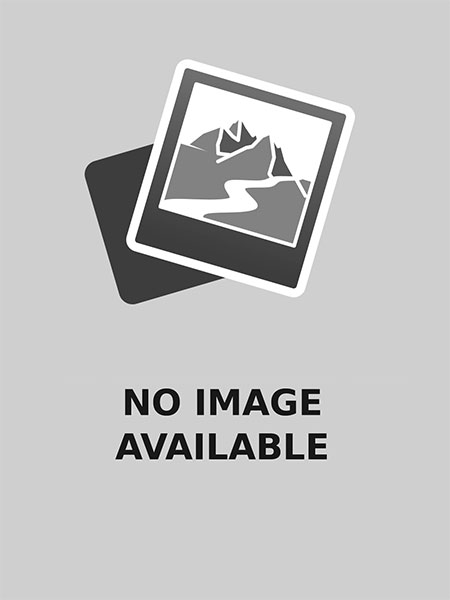
Timeline
Title
Country/Nationality
Charles Eastman
Charles Alexander Eastman was a physician educated at Boston University, and the first Native American to be certified in Western medicine. He was a writer, national lecturer, and reformer. In the early 20th century, he was "one of the most prolific authors and speakers on Sioux ethnohistory and American Indian affairs."
Eastman was of Santee Dakota, English and French ancestry. After working as a physician on reservations in South Dakota, he became increasingly active in politics and issues on Native American rights. He worked to improve the lives of youths, and founded thirty-two Native American chapters of YMCA. He also helped found the Boy Scouts of America. He is considered the first Native American author to write American history from the Native American point of view.
Eastman was named Hakadah at his birth in Minnesota; his name meant "pitiful last" in Dakota. Eastman was so named because his mother died following his birth. He was the last of five children of Wakantakawin, a mixed-race woman also known as Winona (meaning "First-Born Daughter" in the Dakota language), or Mary Nancy Eastman. She and Eastman's father, a Santee Dakota named Wak-anhdi Ota (Many Lightnings), lived on a Santee Dakota reservation near Redwood Falls, Minnesota.
In the Dakota tradition of naming to mark life passages, Hakadah was later named Ohíye S'a (Dakota: "always wins"). He had three older brothers (later known as John, David, and James after their conversion to Christianity) and an older sister Mary. During the Dakota War of 1862, Ohíye S'a was separated from his father Wak-anhdi Ota and siblings, and they were thought to have died. His maternal grandmother Stands Sacred (Wakháŋ Inážiŋ Wiŋ) and her family took the boy with them as they fled from the warfare into North Dakota and Manitoba, Canada.
the warfare into North Dakota and Manitoba, Canada.
Fifteen years later Ohíyesa was reunited with his father and oldest brother John in South Dakota. The father had converted to Christianity, after which he took the name of Jacob Eastman. John also converted and took the surname Eastman. The Eastman family established a homestead in Dakota Territory. When Ohiyesa accepted Christianity, he took the name Charles Alexander Eastman.
His father strongly supported his sons getting an education in European-American style schools. Eastman and his older brother John attended a mission then a preparatory school, Kimball Union Academy from 1882-1883, and college. Eastman first attended Beloit College and Knox colleges; he graduated from Dartmouth College in 1887. He attended medical school at Boston University, where he graduated in 1890 and was among the first Native Americans to be certified as a European-style doctor.
His older brother John became a minister. Rev. John (Maȟpiyawaku Kida) Eastman served as a Presbyterian missionary at the Santee Dakota settlement of Flandreau, South Dakota.
Charles Eastman returned to the West, where he worked as an agency physician for the Bureau of Indian Affairs (BIA) Indian Health Service on the Pine Ridge Reservation and later at the Crow Creek Reservation, both in South Dakota. He cared for Indians after the Wounded Knee massacre. He later established a private medical practice after being forced out of his position, but was not able to make it succeed financially.
He married Elaine Goodale, a teacher from Massachusetts who headed the Indian school at Pine Ridge. While they were struggling, she encouraged him to write some of the stories of his childhood. At her suggestion (and with her editing help), he published the first two stories in 1893 and 1894 in St. Nicholas Magazine. It had earlier published poetry of hers. These stories were collected in his first book.
Eastman became active with the new organization of the YMCA, working to support Native American youth. Between 1894 and 1898, he established 32 Indian groups of the YMCA, and also founded leadership programs and outdoor youth camps. In 1899, he helped recruit students for the Carlisle Indian Industrial School in Pennsylvania, which had been established as the first Indian boarding school run by the federal government. Given his own education and career, he favored children learning more about mainstream American culture.
In 1902, Eastman published a memoir, Indian Boyhood, recounting his first fifteen years of life among the Dakota Sioux during the later years of the nineteenth century. In the following two decades, he wrote ten more books, most concerned with his Native American culture. In the early 20th century, he was "one of the most prolific authors and speakers on Sioux ethnohistory and American Indian affairs."
In 1911, Eastman was chosen to represent the American Indian at the Universal Races Congress in London. Throughout his speeches and teachings, he emphasized the importance of seeking peace and living in harmony with nature.
He was active in national politics, particularly in matters dealing with Indian rights. He served as a lobbyist for the Dakota between 1894 and 1897.
In 1903, President Theodore Roosevelt assigned Eastman to helping Sioux (Dakota, Nakota, Lakota) tribal members to choose English legal names, in order to prevent individuals and families from losing allotted lands due to confusion over cultural naming conventions and spellings. Eastman was one of the co-founders of the Society of American Indians (SAI), which pushed for freedom and self-determination for the American Indian. From 1923 to 1925, Eastman served as an appointed US Indian inspector under President Calvin Coolidge.
Charles Eastman built a cabin on the eastern shore of Lake Huron, where he spent his later-year summers. He wintered in Detroit, Michigan with his only son Charles, Jr., also called Ohiyesa. On January 8, 1939 the senior Eastman died from a heart attack in Detroit at age eighty. His interment was at Grand Lawn Cemetery in Detroit.
Books by Charles Eastman
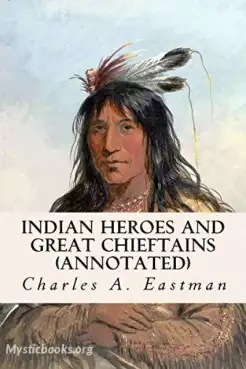
Indian Heroes and Great Chieftans
EVERY age, every race, has its leaders and heroes. There were over sixty distinct tribes of Indians on this continent, each of which boasted its notable men. The names and deeds of some of these men will live in American history, yet in the true sens...

The Soul of the Indian
"We also have a religion which was given to our forefathers, and has been handed down to us their children. It teaches us to be thankful, to be united, and to love one another! We never quarrel about religion."
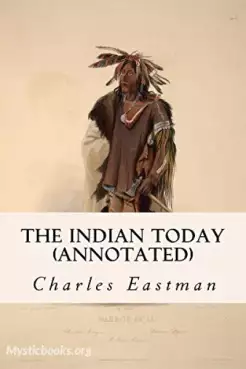
The Indian Today
Based in part upon the author's own observations and personal knowledge, it was the aim of the book to set forth the status and outlook of the North American Indian. He addressed issues such as Indian schools, health, government policy and agencies,...
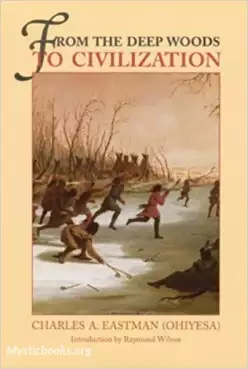
From the Deep Woods to Civilization
From the Deep Woods to Civilization is the account of Charles Alexander Eastman/Ohiyesa's journey through boarding school, Beloit and Dartmouth Colleges, his early years as a physician, and his career in public service. Spanning the 1870s through 191...
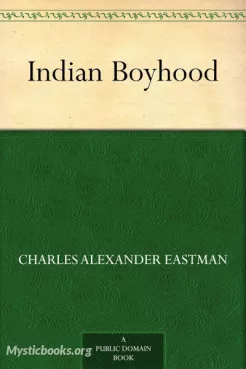
Indian Boyhood
What was it like to grow up as a Native American boy in the late 19th century? Indian Boyhood is a memoir by Charles Alexander Eastman, a Santee Dakota man who was raised in the traditional ways of his people. The book tells the story of Eastman's c...